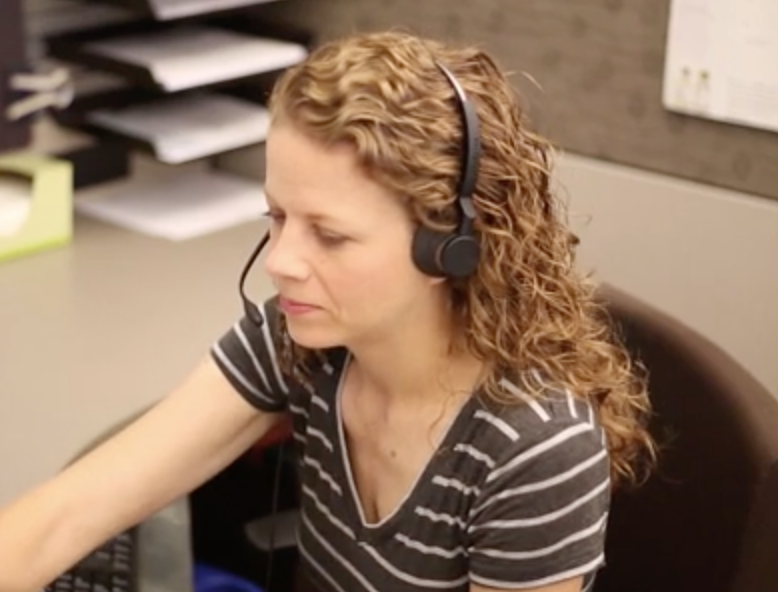Benefits of In-House Labs
In the last two decades, the veterinary profession has had greater access to reliable diagnostic capabilities and effective therapeutic options

As the veterinarian profession continues to evolve, client expectations will increase, necessitating practices to transition toward the immediate availability of services coupled with an affordable pricing structure.
Evaluating current in-house diagnostic capabilities—or identifying the need to upgrade hardware—can mutually benefit both the practice and its patients. Tomorrow’s veterinary practice must adapt in order to meet customers’ changing definition of quality service, build and maintain a loyal client base, and effectively attract new veterinary associates. By providing instant availability of testing to support the expectation of immediate service, clinic owners can gain greater control over diagnostic revenue and offer more compensation opportunities for staff.
Improving standard of care
To meet client expectations, the veterinary team can establish a diagnostic foundation of wellness services, set up protocols for early disease detection, maintain standards of care with chronic disease management, and provide real-time results during consultations. An in-house lab can elevate patient care in this respect and, therefore, provide fast relief to the patient.
With the growing expectation of rapid results, the veterinary team should recognize that the most ideal time to establish informed consent and discuss a treatment plan is while clients are still in the practice. Immediate review of diagnostic results can reinforce the client’s perception of value and strengthen the trust necessary to establish an effective therapeutic plan.
In addition to a strengthened perception of value, a practice’s operations can be improved significantly by reducing the amount of time spent on phone consultations to provide next-day results from reference labs. In other words, an in-house lab can help reduce an accumulating workload on the following day, which can affect the care of those patients while yesterday’s cases are being closed out.
Selecting a partner
Considering the myriad options offered by various diagnostic partners, it is important to know how to select the right one to meet a clinic’s needs and those of its patients.
When deciding to introduce or upgrade an in-house diagnostic lab, practice owners or managers should consider not only the analyzer, but also the provider and any special programs it offers that can benefit the clinic’s overall financial health.
Consider the following when researching analyzers:
- Accuracy—Does the analyzer provide accurate results? Are they reproducible and do they correlate well with a gold-standard technology? Is there a quality-control product available to validate performance? How does a particular analyzer perform when presented with a sample that has interfering substances?
- Ease of use—Will medical support staff enjoy using the analyzer? Is the interface simple? What are the maintenance requirements? How simple is it to run a test or change reagents?
- Testing flexibility—Does the analyzer’s technology allow for customization of specific tests based on patient needs? Or are the options restricted to running a fixed configuration of certain tests even when only monitoring a couple of parameters?
- Connectivity—Are you allowed to keep your current clinic software, or does the provider mandate you use only theirs? Does the software feature bidirectional communication? (This ensures patient information is transferred to the analyzer prior to testing and then automatically imported into the medical record once results are available, saving staff time by reducing manual inputs.)
- Time to results—How quickly can an analyzer provide results? Can more than one sample be analyzed at a time? Saving time on high-volume surgical or wellness days can maintain clinic efficiency and prevent a bottleneck to clinic workflow.
 Training and support
Training and support
Choosing a partner to provide an in-house lab can greatly simplify the experience with diagnostics. Here are some basics to consider when selecting a lab vendor:
- Training—What is the training process to get staff familiar with the new analyzer(s)? Is training done in person the day of installation or by phone? Is follow-up training available, and is it done in person or by phone? What resources or references are available for the future training of new staff?
- Support—Is 24-hour support available? How easy is it to get questions answered? What if the analyzer breaks? How long will it take to get the lab up and running, should equipment failure occur?
- Ordering—Can recurring orders be set up on a calendar basis? Are you able to order through the clinic’s medical supply vendor? Or are you forced to order only from the manufacturer? What cost savings are offered as an incentive to order through the medical supply vendor versus the manufacturer?
Cost analysis
When comparing costs to implement or upgrade a diagnostic lab, as well as cost of testing to the client, consider the following:
- Purchase—Is an analyzer purchase required? Or can the analyzer be placed in the clinic at no out-of-pocket cost?
- Warranty—Will warranty coverage need to be purchased after an initial term (usually one year)? What are the costs of warranty coverage? If there is a warranty, what happens when the analyzer goes down? If there is no warranty, what happens when the analyzer goes down? If an analyzer was purchased out-of-pocket and requires repair, do I get my analyzer back when it’s fixed? Or can I get a brand new analyzer? If so, am I required to buy it or is it replaced at no additional cost to the clinic?
- Volume requirements—Do a certain number of tests need to be purchased each month to qualify for a specific program? Does this test fit with a clinic’s diagnostic protocols?
- Cost of consumables—Does the supplier have a strategic market price for consumables? Is the wholesale cost for tests affordable? Can a reasonable markup be added and still obtain compliance from clientele, without limiting other diagnostic/therapeutic options? If entering an agreement, is it clear what your tests will cost you now and at the end of the term? How often do vendors increase wholesale pricing? What is the price increase for consumables each year? What is the cost of reagents and/or quality-control items? Or can you get volume discounts/better pricing when dealing with a large medical supply company? Keep in mind that companies with competitive consumable pricing that allow ordering through medical supply companies will often have the lowest pricing for testing.
- Rebate/reward/points—Is the purchase structure tied to loyalty points that are given for running certain tests together? Do these tests need to be entered in a certain manner to qualify? How easy will it be to review and reconcile points and discounts at the end of the month? If, at a later time you break your contract, are you responsible for repaying discounts?
- Internet connection—Will you be required to maintain an internet connection for your lab computer to qualify for certain programs or promotions?
In some cases, improving a diagnostic lab also requires upgrading your computer system and changing practice management software. Don’t allow analyzer vendors to dictate what software your clinic uses, who you order your supplies through, or force you into ongoing lengthy contracts that have high annual price increases when you want to change or upgrade your analyzers.
Given client expectations and the overlap between service availability and service affordability, accessing in-house diagnostics has become the new standard of care for efficient veterinary practices. Associate veterinarians should feel confident requesting a re-evaluation of clinic hardware and policies, just as owner veterinarians should feel confident with the increased revenue generated for the practice. Don’t rush into a contract, and make sure you compare the pros and cons of each company.
This article was originally published by Veterinary Practice News on December 27th, 2018.

